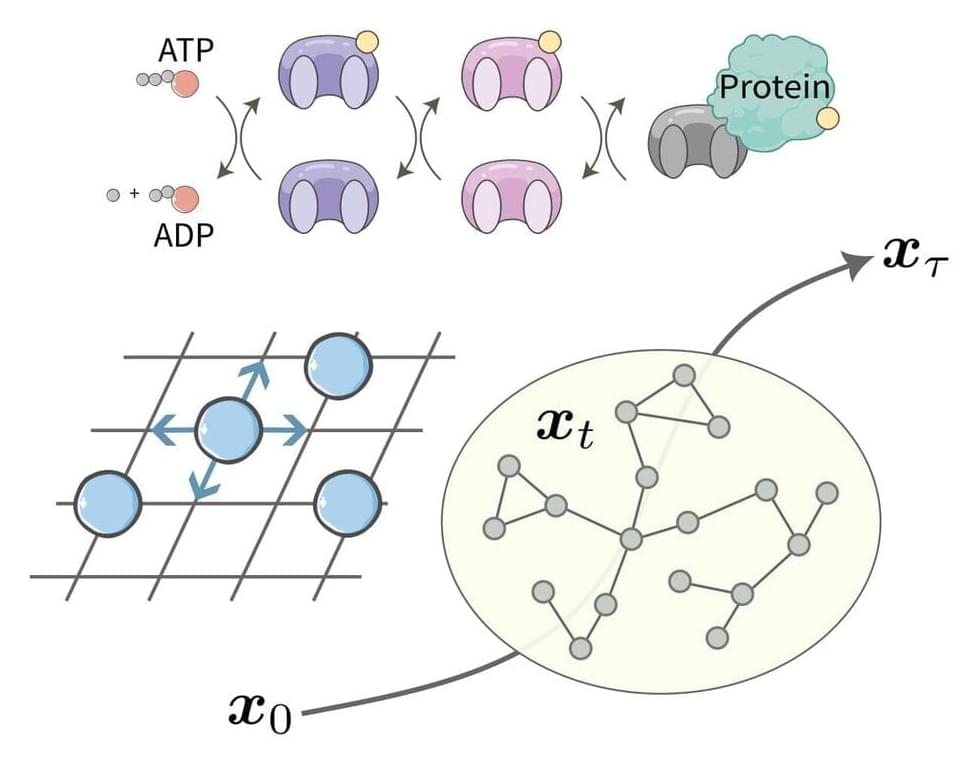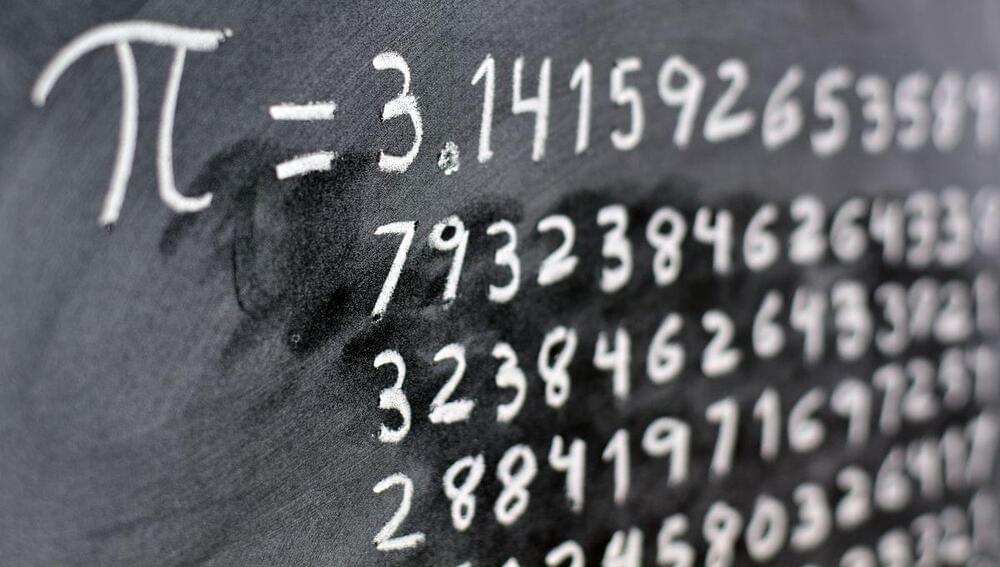
One of the most exciting applications of quantum computers will be to direct their gaze inwards, at the very quantum rules that make them tick. Quantum computers can be used to simulate quantum physics itself, and perhaps even explore realms that don’t exist anywhere in nature.
But even in the absence of a fully functional, large-scale quantum computer, physicists can use a quantum system they can easily control to emulate a more complicated or less accessible one. Ultracold atoms—atoms that are cooled to temperatures just a tad above absolute zero—are a leading platform for quantum simulation. These atoms can be controlled with laser beams and magnetic fields, and coaxed into performing a quantum dance routine choreographed by an experimenter. It’s also fairly easy to peer into their quantum nature using high-resolution imaging to extract information after—or while—they complete their steps.
Now, researchers at JQI and the NSF Quantum Leap Challenge Institute for Robust Quantum Simulation (RQS), led by former JQI postdoctoral fellow Mingwu Lu and graduate student Graham Reid, have coached their ultracold atoms to do a new dance, adding to the growing toolkit of quantum simulation. In a pair of studies, they’ve bent their atoms out of shape, winding their quantum mechanical spins around in both space and time before tying them off to create a kind of space-time quantum pretzel.















